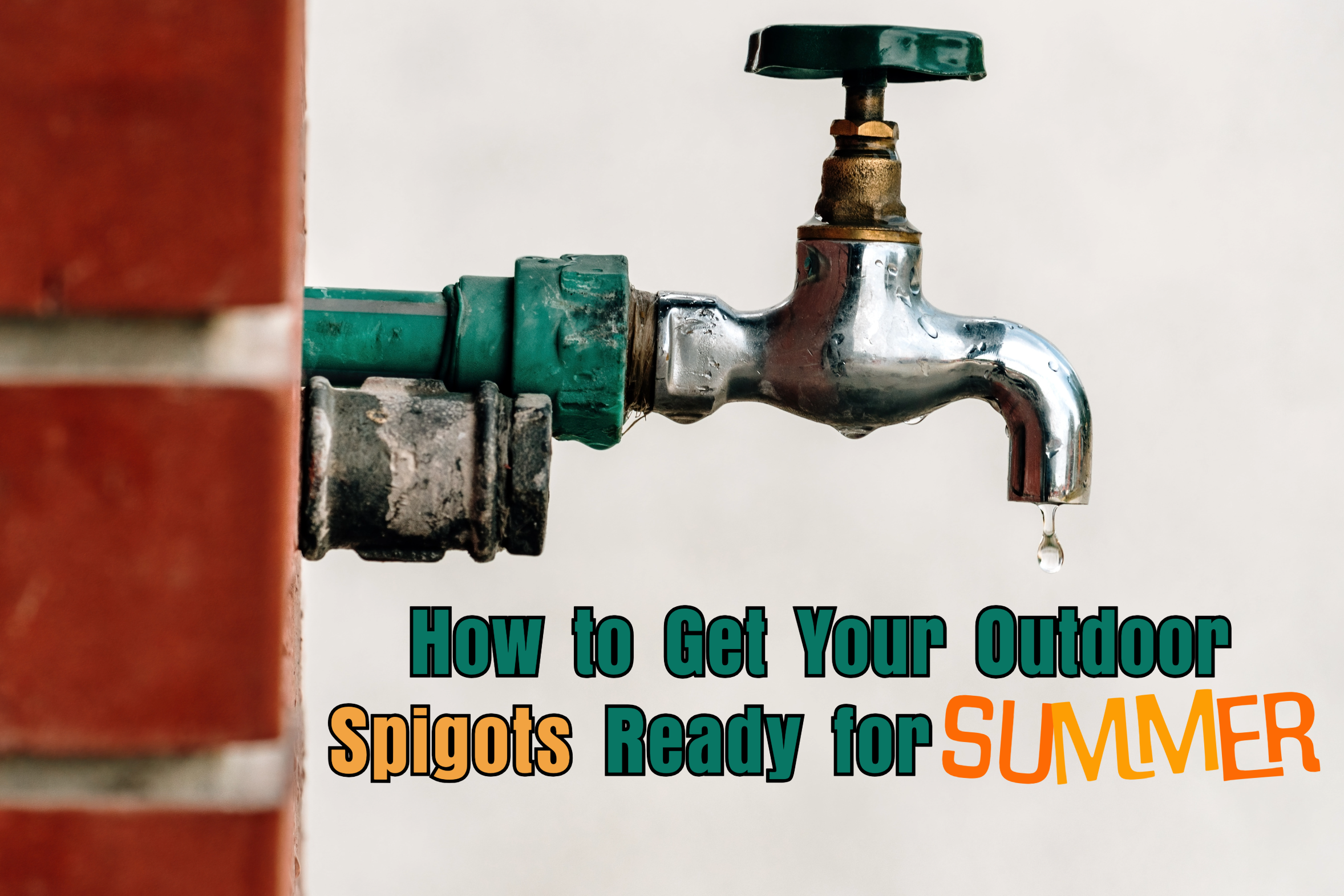As the summer approaches, it’s time to ensure your outdoor plumbing is in prime condition for all the watering, gardening, and outdoor activities ahead. One of the most common issues homeowners face is spigot leaks, which can really put a damper on your plans. In this guide, Beavercreek Plumbing & Drain will walk you through the steps to identify and fix spigot leaks in the hopes of helping you get your outdoor plumbing ready for the sunny season.
Identifying Spigot Leaks for Summer Use:
Here are some simple steps to identifying a leak on your spigot:
- Visible Leaks: Spotting water dripping from the spigot when turned on or off is a clear indicator of leaks.
- Stains and Mold: Check for water stains or mold growth around the spigot area, suggesting hidden leaks.
- Pressure Drop: Have you noticed a decrease in water pressure when using the hose? It could signal that there is a leak in the spigot.
- Corrosion Check: Inspect all around the spigot for signs of corrosion or rust, which weaken the fixture and lead to leaks.
Fixing Spigot Leaks for Summer Efficiency:
Found a leak on your spigot? Follow these simple steps to fix it!
- Tighten Connections: Grab a wrench to tighten connections between the spigot and the pipe. The loose fitting will need to be addressed first to fit the potential leak.
- Washer Replacement: Swap out worn-out washers inside the spigot to stop persistent leaks. Carefully turn off the water supply, disassemble the bib, and install new washers.
- Crack Repair: If you have cracks in the wall surrounding the fixture, you’ll want to address any cracks or damage in the spigot with a waterproof sealant or plumber’s tape. Be sure to move carefully and closely follow the instructions on the materials.
- Backflow Prevention: If you are having issues with backflow, you can always install a backflow preventer to halt water from flowing back into the plumbing system. Doing so can aid in preventing leaks and contamination.
- Frost-Free Upgrade: If you have had issues with your fixtures freezing in the past, you should consider upgrading to frost-free spigots to avoid leaks from frozen pipes.
Knowing When to Call a Plumber:
Knowing when to call a plumber is essential for tackling complex or potentially hazardous plumbing issues. While minor leaks and maintenance tasks can often be handled independently, certain signs indicate the need for professional intervention. If you continue to encounter persistent leaks despite your DIY efforts, notice water damage or mold growth around the spigot, or experience sudden drops in water pressure throughout your plumbing system, it’s time to seek the expertise of a licensed plumber.
Additionally, if you’re uncertain about the root cause of the problem or lack the necessary tools and experience to address it safely, calling a plumber is the prudent choice. Promptly contacting a professional plumber can prevent further damage, ensure proper repairs, and provide peace of mind, allowing you to enjoy a worry-free summer season.
By following these plumbing tips for identifying and repairing spigot leaks, you’ll not only ensure a smooth summer of outdoor activities but also enable yourself to have better peace of mind and make more memories with your loved ones! Here’s to a leak-free and cool summer season!
Call Beavercreek Plumbing & Drain anytime at (937) 404-6575 or schedule an appointment online now by clicking here!




